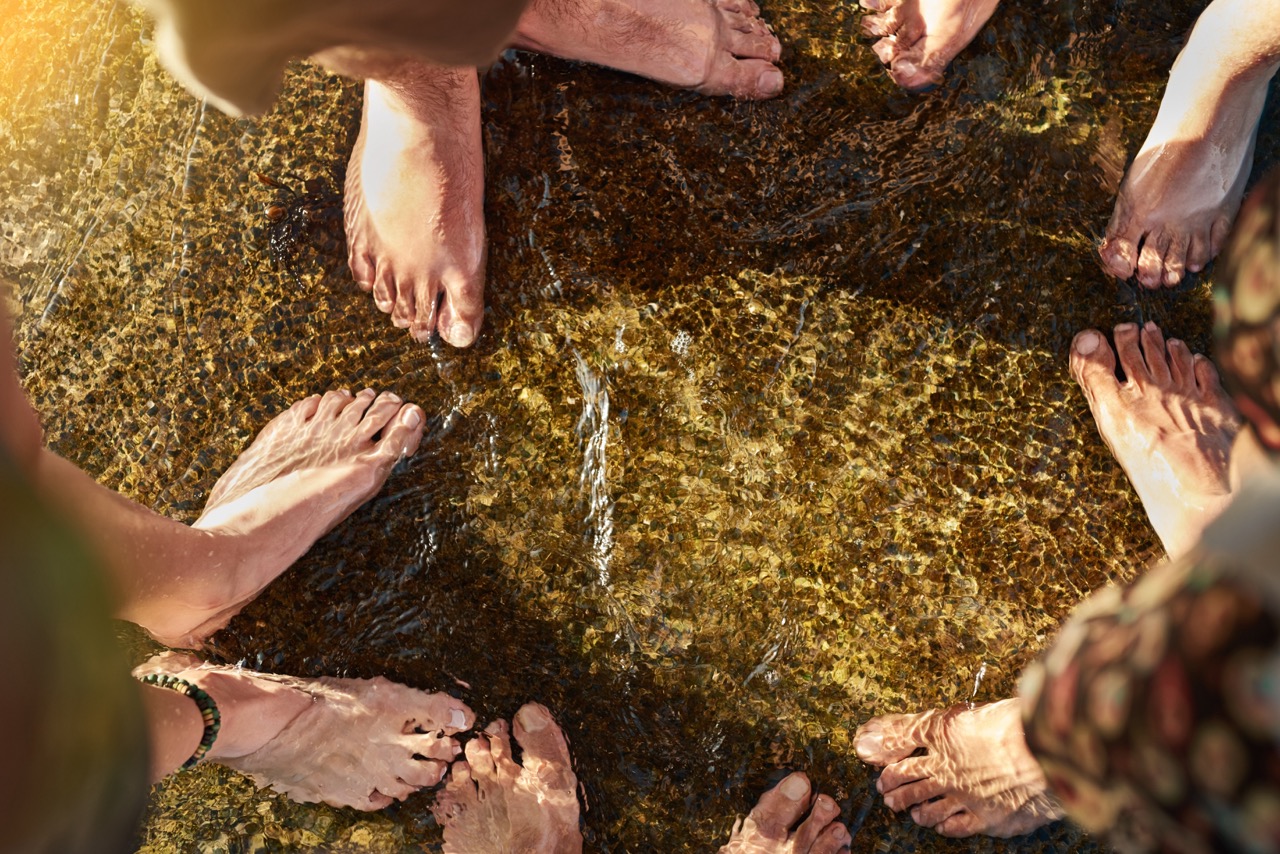How to Prevent Toenail Damage in Runners

Running is a popular and rewarding form of exercise, but it comes with its own set of challenges, including the risk of toenail damage. Whether you’re a seasoned marathoner or a casual jogger, understanding how to prevent toenail issues can enhance your running experience and keep you on your feet. This article delves into the common causes of toenail damage in runners, how to choose the right footwear, essential foot care practices, and the signs that indicate when it’s time to seek professional help.
Understanding Common Causes of Toenail Damage in Runners
One of the primary causes of toenail damage among runners is repetitive trauma. As your feet pound against the ground with each stride, your toenails can experience significant pressure and friction against the inside of your shoes. This is particularly common during long runs or when running downhill, where the toes may slide forward, leading to bruising, bleeding, or even nail loss.
Another common issue is ill-fitting shoes. Shoes that are too tight can cause excessive pressure on the toenails, while shoes that are too loose can lead to unnecessary movement within the shoe, resulting in rubbing and chafing. Furthermore, the distance and terrain can exacerbate these problems; for instance, trail running often involves uneven surfaces that can impact foot placement and increase the risk of toenail injuries.
Lastly, improper nail care can also contribute to toenail damage. Many runners neglect their toenails, allowing them to grow too long or fail to trim them properly, which can lead to painful ingrown toenails. Keeping toenails at an appropriate length and ensuring they are shaped correctly can help mitigate these risks and maintain overall foot health.
Choosing the Right Footwear to Protect Your Toenails
The first step in preventing toenail damage is selecting the right running shoes. It’s essential to have shoes that provide adequate room in the toe box, allowing your toes to move freely without excessive pressure. A good rule of thumb is to ensure there is about a thumb’s width of space between the end of your longest toe and the front of the shoe. This extra space helps accommodate the natural movement of your foot while preventing your toes from hitting the front of the shoe during runs.
In addition to size, consider the shoe’s fit and construction. Look for shoes made from breathable materials that allow for ventilation, as moisture buildup can lead to fungal infections and other foot issues. Additionally, shoes with good shock absorption can help reduce the impact on your feet, further protecting your toenails from trauma.
Don’t forget to replace your running shoes regularly. Over time, shoes lose their cushioning and support, increasing the risk of toenail injuries. It’s generally recommended to replace running shoes every 300 to 500 miles, but this can vary based on the shoe type, running style, and individual biomechanics. Regularly assessing your footwear will keep your feet healthy and reduce the likelihood of toenail damage.
Essential Foot Care Practices for Runners
Proper foot care is crucial for maintaining healthy toenails and preventing injuries. After each run, it’s important to inspect your feet and toenails for any signs of damage or irritation. This routine check can help you catch any issues early, allowing you to take action before they worsen. If you notice any abnormalities such as discoloration, swelling, or tenderness, it’s vital to address these concerns promptly.
Regular nail trimming is another essential foot care practice. Keep your toenails cut straight across and at a length that avoids contact with the shoe’s interior. Rounded or excessively long nails are more prone to ingrowth and injury. Investing in a good pair of toenail clippers and a file can facilitate proper nail care, ensuring your toenails remain healthy and less susceptible to damage.
Moisturizing your feet can also help maintain skin elasticity and prevent cracks or blisters that may contribute to toenail damage. Choose a foot cream that hydrates without leaving a greasy residue, making it ideal for runners. Additionally, consider incorporating foot exercises and stretches into your routine to strengthen the muscles and improve circulation, further enhancing toenail health and overall foot performance.
Signs of Toenail Damage and When to Seek Help
Recognizing the signs of toenail damage is vital for runners. Common indicators include discoloration of the nail, which may appear black, blue, or purple due to trauma. You may also notice swelling around the toenail, tenderness upon touch, or an abnormal shape of the nail itself. These symptoms can range from mild to severe, and it’s important to monitor them closely.
If you experience severe pain, persistent discoloration, or if the toenail detaches from the nail bed, it is crucial to seek medical help immediately. A healthcare professional can assess the damage and provide appropriate treatment, which may include draining fluid, prescribing medication for infection, or even surgical intervention in extreme cases. Ignoring these symptoms can lead to more serious issues, including permanent nail loss.
Additionally, if you frequently experience toenail issues despite following preventive measures, it might be beneficial to consult a podiatrist. They can help identify any underlying biomechanical issues or recommend specialized footwear or orthotics to further protect your feet. Timely intervention can make a significant difference in maintaining the health of your toenails and, by extension, your running routine.
Preventing toenail damage is an essential aspect of maintaining your running practice and overall foot health. By understanding the common causes, selecting the right footwear, implementing essential foot care practices, and recognizing the signs of damage, you can significantly reduce the risks associated with toenail injuries. Remember, your feet are your foundation for running, so take proactive steps to protect them, ensuring that your running journey remains enjoyable and injury-free.




